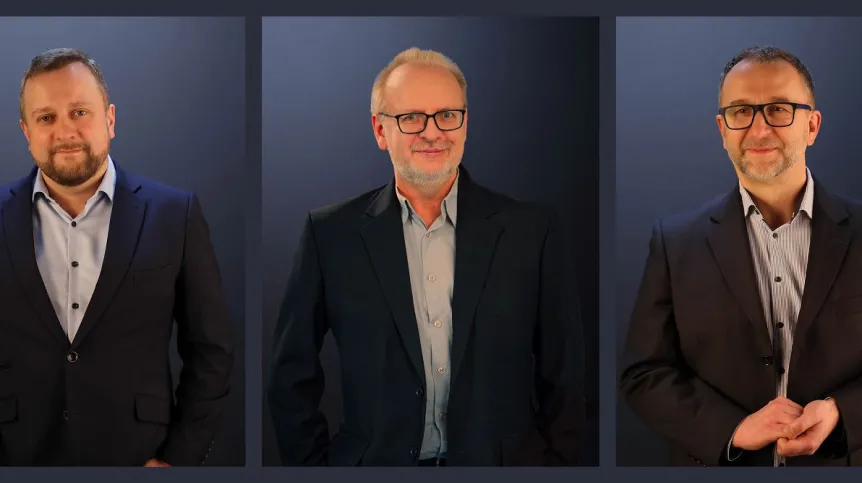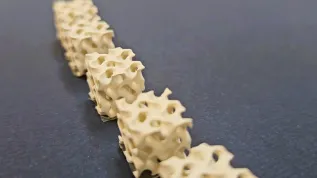
Researchers from the Jagiellonian University and the University of Warsaw (UW) are finalising work on a device to treat breathing disorders in premature babies. The device is expected to reduce the high risk of complications associated with procedures performed on newborns.
Scientists are working on a miniaturised endoscope connected to a probe and a drug dispenser, the Jagiellonian University representtives report in a release sent to PAP. The new device will enable life-saving, 'necessary intubation procedures in the least invasive way possible', we read in the release.
The endoscope is intended to help treat RDS (Respiratory Distress Syndrome) that occurs in premature babies, especially those born before the 32nd week of pregnancy. It is currently the main cause of death in extremely low-weight newborns. RDS is treated by intubation or laryngoscopy and placing a catheter in the child's larynx or trachea, so that the drug can be administered directly to the respiratory system. Newborns receive liquid surfactant - a drug that facilitates breathing.
The invention co-author, Mateusz Jagła, PhD from the Department of Paediatrics of the Jagiellonian University Medical College, quoted in the release, explains that intubation or laryngoscopy in the case of such small children is very invasive, traumatic and simply dangerous. This is because doctors do not currently have appropriately miniaturised devices that would allow to gently introduce medication into the respiratory tract of patients.
'It is precisely because of the inadequate size of the devices that RDS treatment carries a significant risk that directly threatens the life and health of newborns. (...) We want to introduce a device for medical use that will reduce this risk to a minimum and enable procedures to be performed in a way that is safer, more precise and less traumatising for the youngest patients', Jagła says.
The co-creator of the device, Adam Wojciechowski, PhD, from the Faculty of Physics, Astronomy and Applied Computer Science of the Jagiellonian University, also quoted in the release, explains that the device will allow the drug to be administered gently enough so that the child does not choke, which is a regular occurrence during procedures today. 'All this will be possible thanks to the use of a very thin tube in a shape adapted to the anatomical structure of the child', Wojciechowski emphasises.
The endoscope will consist of a handle with devices for receiving a video signal and a replaceable, single use part. The tube (4-5 mm in diameter) placed in the respiratory tract of newborns will contain a tube for dosing the drug and a flexible image guide for image transmission.
The latter technology is the Ryszard Buczyński, PhD, from the Faculty of Physics of the University of Warsaw. 'In our invention, we use our own method based on miniaturised optical fibres, which we integrate into very thin fibres. There can be as many as several thousand autonomous optical fibres in such a fibre, thanks to which it is possible to transmit the image from the miniature optical fibre tip to the camera, and then to the device's screen', the researcher explains.
'If we manage to bring our project to an end, it will be a real game changer, because such procedures will become safe for children, and doctors will gain confidence that they are administering the drug where it is necessary', Jagła concludes.
According to the release, the CITTRU Technology Transfer Centre of the Jagiellonian University is currently looking for a technology partner that would help introduce a miniaturised endoscope for use in healthcare. (PAP)
PAP - Science in Poland
abu/ bar/













